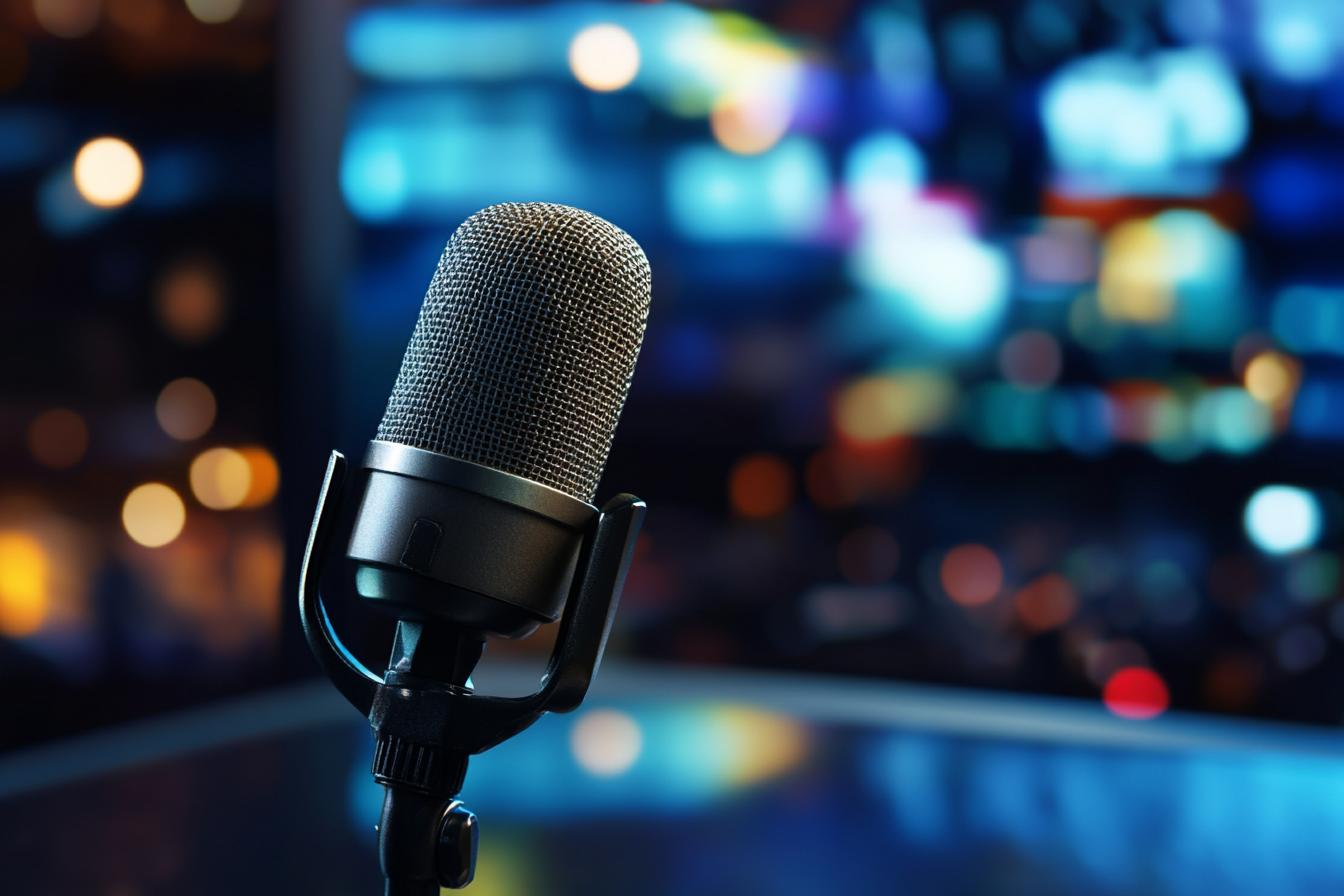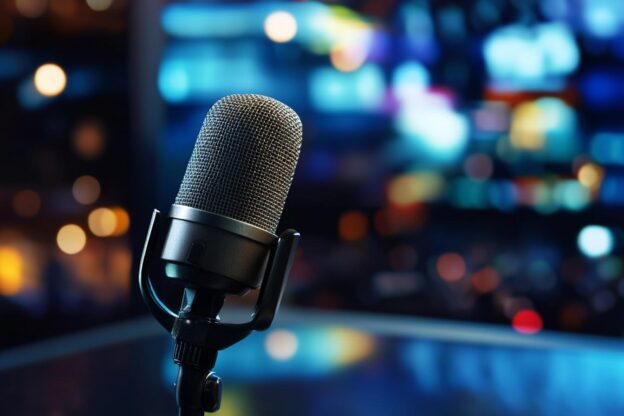Radio news estimating is a crucial part of the news production process, helping to ensure that broadcasts run smoothly and on time. It involves meticulously planning the duration of each news segment, factoring in the length of stories, commercials, and other elements. This process requires a keen understanding of pacing and an ability to anticipate potential delays. Have you ever wondered why your favorite news program always seems to end right on time? That’s likely due to the meticulous work of the news estimator who carefully orchestrates the flow of information.
While technology has certainly aided the process, a human touch remains essential in radio news estimating. The estimator needs to consider the emotional impact of each story, knowing that a powerful interview might naturally run longer than a straightforward news update. They also need to be flexible, adapting to breaking news developments that might require adjustments to the broadcast schedule. Think of it like a conductor leading an orchestra, ensuring that each instrument plays its part at the right time, creating a harmonious and engaging experience for the audience.

Radio News Estimating
1. Radio News Estimating
Radio news estimating is a crucial process that helps newsrooms determine the length of a news story, ensuring that it fits within the allotted time slot. News anchors, producers, and editors utilize this technique to optimize news content and maintain a balanced program flow. They carefully analyze the script, considering factors like the complexity of the story, the number of voices, and the presence of sound bites. Estimating accurately allows for seamless transitions between stories, preventing abrupt cuts or rushed delivery.
Furthermore, radio news estimating helps broadcasters adhere to strict time constraints. By predicting the duration of each segment, newsrooms can ensure that the program concludes on time, leaving no room for awkward silences or unplanned delays. This process also facilitates efficient planning and scheduling of news content. By accurately estimating the length of stories, news directors can create a dynamic and engaging program that caters to the audience’s attention span and keeps listeners informed without overwhelming them.
2. Predicting news story duration
Accurately predicting the duration of a news story is a crucial skill for radio news producers. By estimating how long a story will take to read, producers can efficiently plan their newscasts and ensure a balanced presentation of information. Several factors can influence the length of a news story, including the complexity of the topic, the amount of detail required, and the number of sources involved. For instance, a breaking news story with limited information might require a shorter reading time compared to a complex investigative piece with multiple perspectives.
To predict the duration of a news story, producers often rely on their experience and knowledge of the subject matter. They may also use tools like word count software or online time calculators to estimate reading times. It’s essential to consider the pace and style of the news anchor, as well as the overall structure of the newscast, when predicting story duration. Ultimately, the goal is to present a compelling and informative newscast that respects the time constraints of the broadcast.
3. Balancing content and airtime
In radio news, balancing content and airtime is a tightrope walk. You want to deliver the most important information in a timely manner, but also avoid overwhelming listeners with too much information at once. To achieve this balance, prioritize stories based on their impact and urgency. If a breaking news story demands immediate attention, it might occupy a larger chunk of airtime. Conversely, less urgent stories can be condensed or presented as shorter updates.
Furthermore, consider the flow of your broadcast. Interspersing short, impactful stories with longer, more in-depth pieces can keep listeners engaged. Adding variety with weather updates, traffic reports, and even light-hearted features helps prevent monotony. The key is to create a rhythm that keeps your audience informed and entertained, ensuring they stay tuned in for the duration of your broadcast.
4. Considering audience interest
Before you start crafting your radio news story, consider who your audience is and what they want to hear. What are their interests? What are they talking about? What are their concerns? Think about the demographics of your listeners – their age, location, and interests. This helps you understand what kind of news they are most likely to find engaging and relevant. For example, a news story about a local school board meeting might be more interesting to parents than a story about international politics.
Once you have a good understanding of your audience, you can start to tailor your story to their interests. This means focusing on stories that are relevant to them, using language that they understand, and presenting information in a way that is clear and concise. Remember, your goal is to keep your listeners engaged and informed. By focusing on their interests, you can create a news story that they will find both interesting and valuable.
5. Using past broadcast data
One valuable resource for radio news estimating is past broadcast data. By analyzing previous broadcasts, you can gain insight into audience preferences, popular topics, and the duration of segments. For example, examining the performance of past stories can reveal which topics resonated with listeners and which struggled to hold their attention. This information can help you make informed decisions about the content and format of your upcoming broadcasts.
Moreover, past broadcast data can help you understand the typical length of news segments and the pacing of a broadcast. This knowledge can guide you in planning the flow of your program and ensuring that you allocate sufficient time to each story. By leveraging this information, you can optimize your broadcasts for engagement and keep listeners informed and entertained.
6. Adjusting for breaking news
Breaking news can throw a wrench into your carefully crafted radio news schedule. When a major event occurs, you need to quickly assess its impact and adjust your program accordingly. This often involves prioritizing the breaking news story over other planned segments. To make this transition smoothly, rely on your team’s expertise. Your producers and reporters will be familiar with the station’s guidelines and can quickly identify the most important information to share with listeners.
Remember, adjusting your program for breaking news is about striking a balance between urgency and accuracy. While you want to provide listeners with the latest information, it’s also crucial to ensure the information is reliable. Take the time to verify details and avoid spreading rumors. By remaining calm and professional, you can guide listeners through the unfolding event with confidence and authority.
Conclusions
So, there you have it! Radio news isn’t just about talking fast and hoping for the best. It’s actually a pretty clever dance between estimating how long things will take, predicting how long a story will be, and making sure you have enough time for everything important. You’ve got to think about what your listeners want to hear and use what you know from past broadcasts to help make it all work. And let’s not forget about those breaking news moments that can shake things up! It’s all about staying flexible, keeping things interesting, and making sure your news gets heard.
